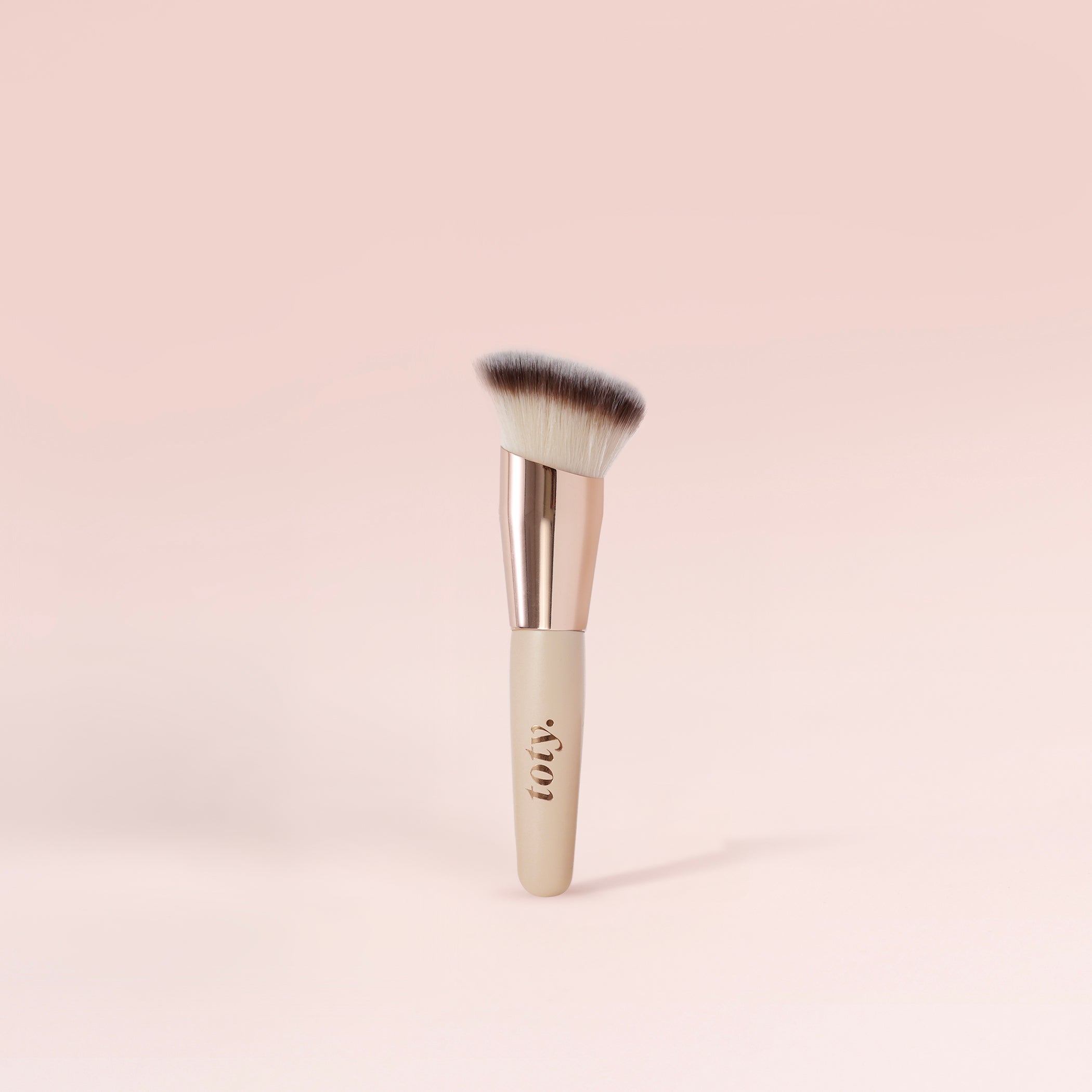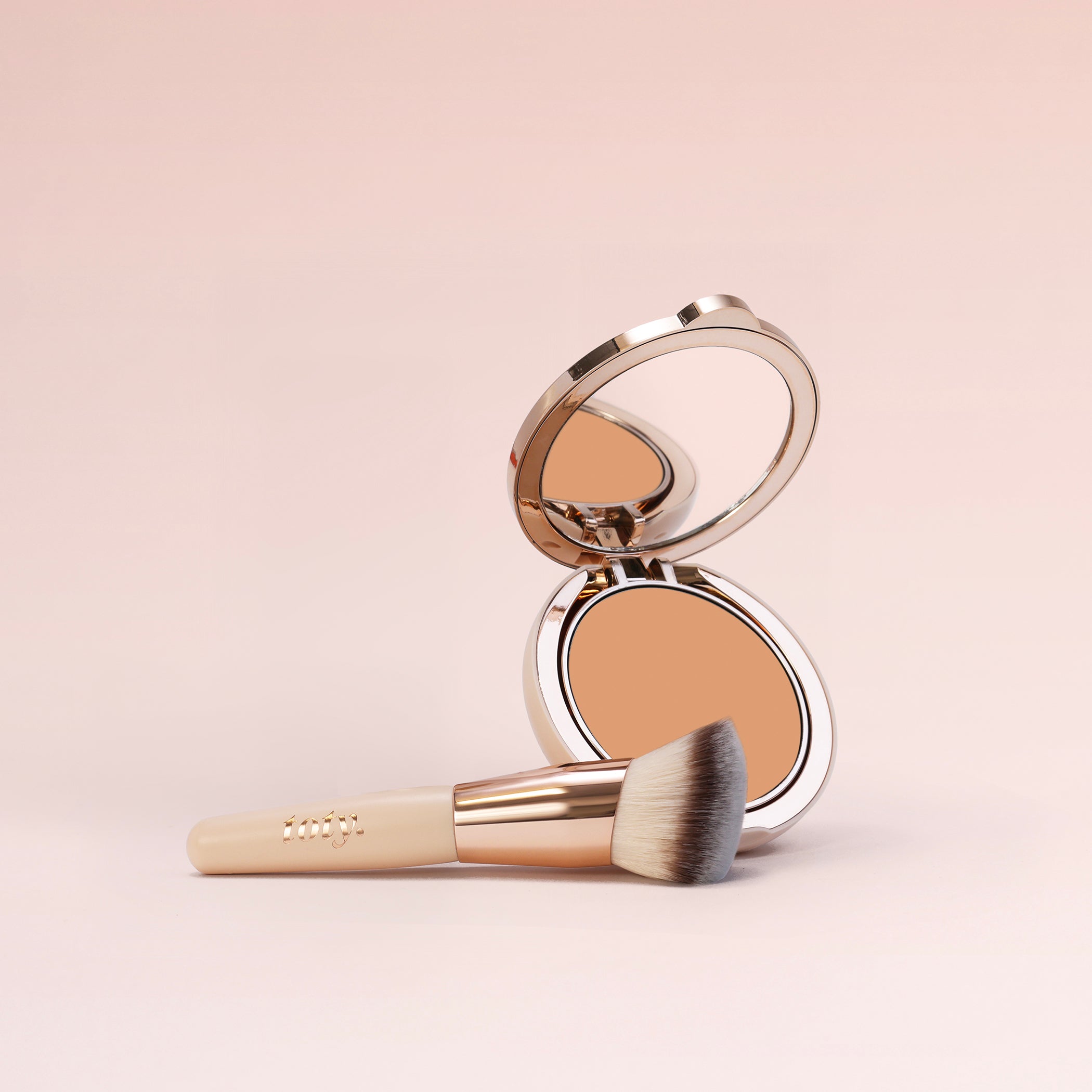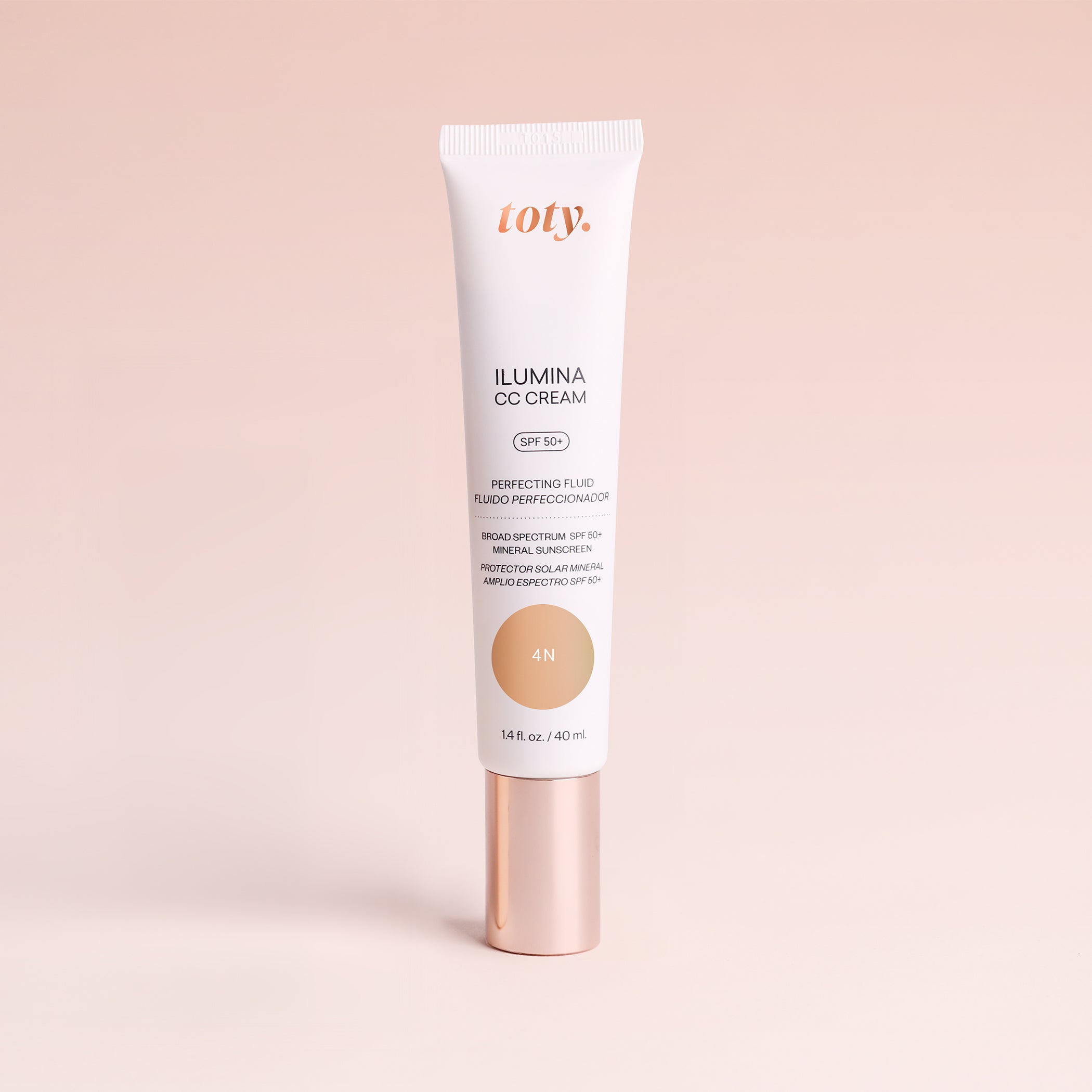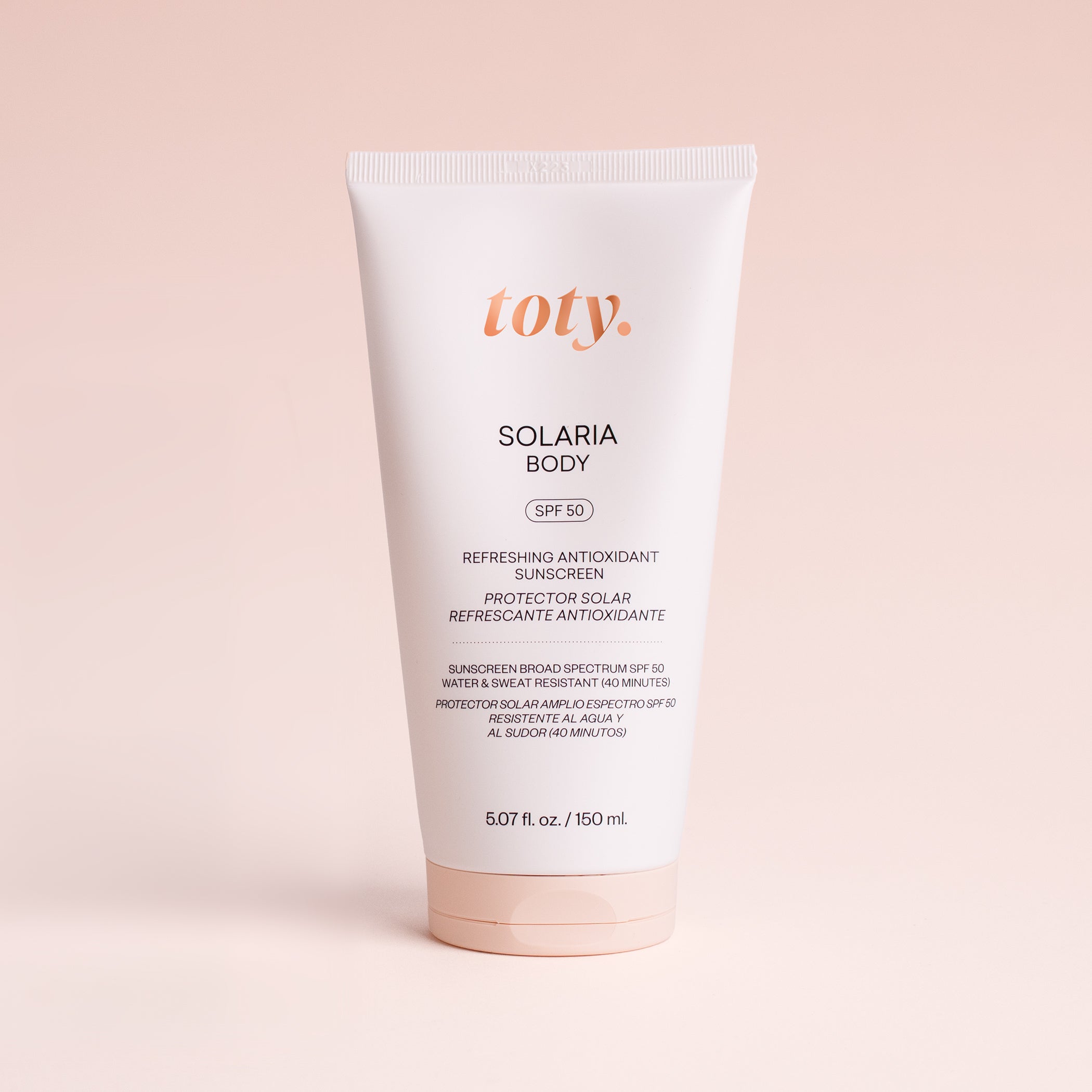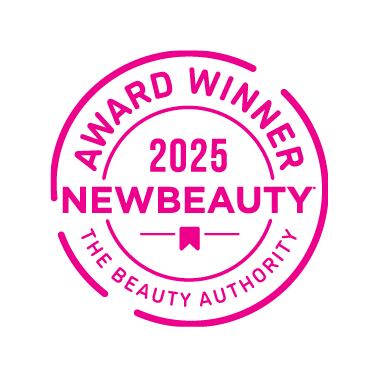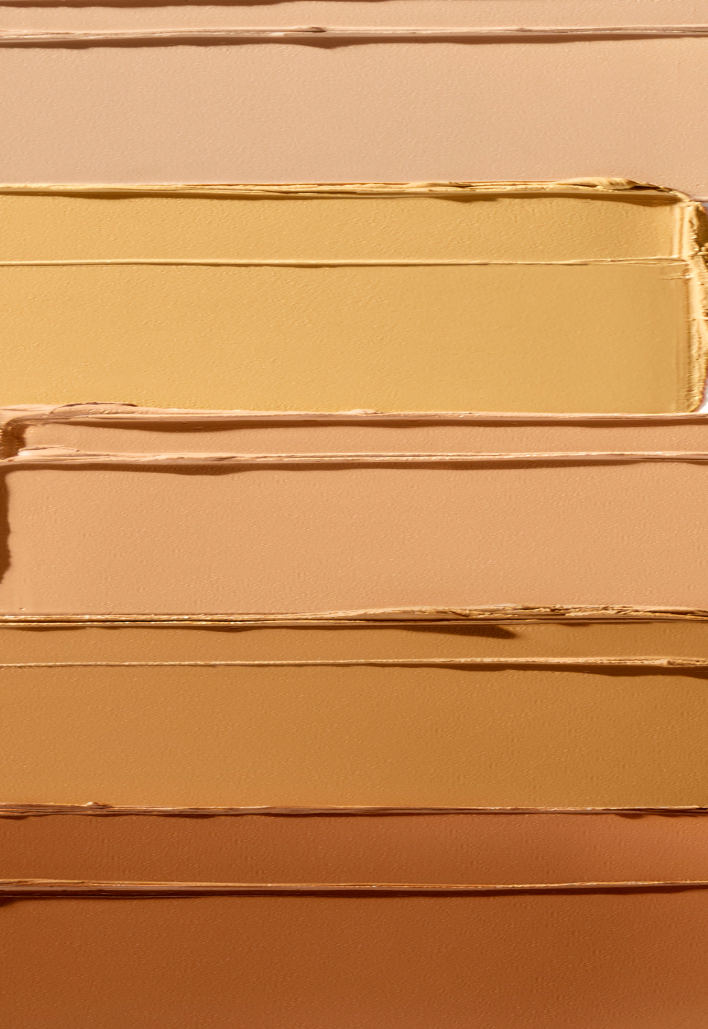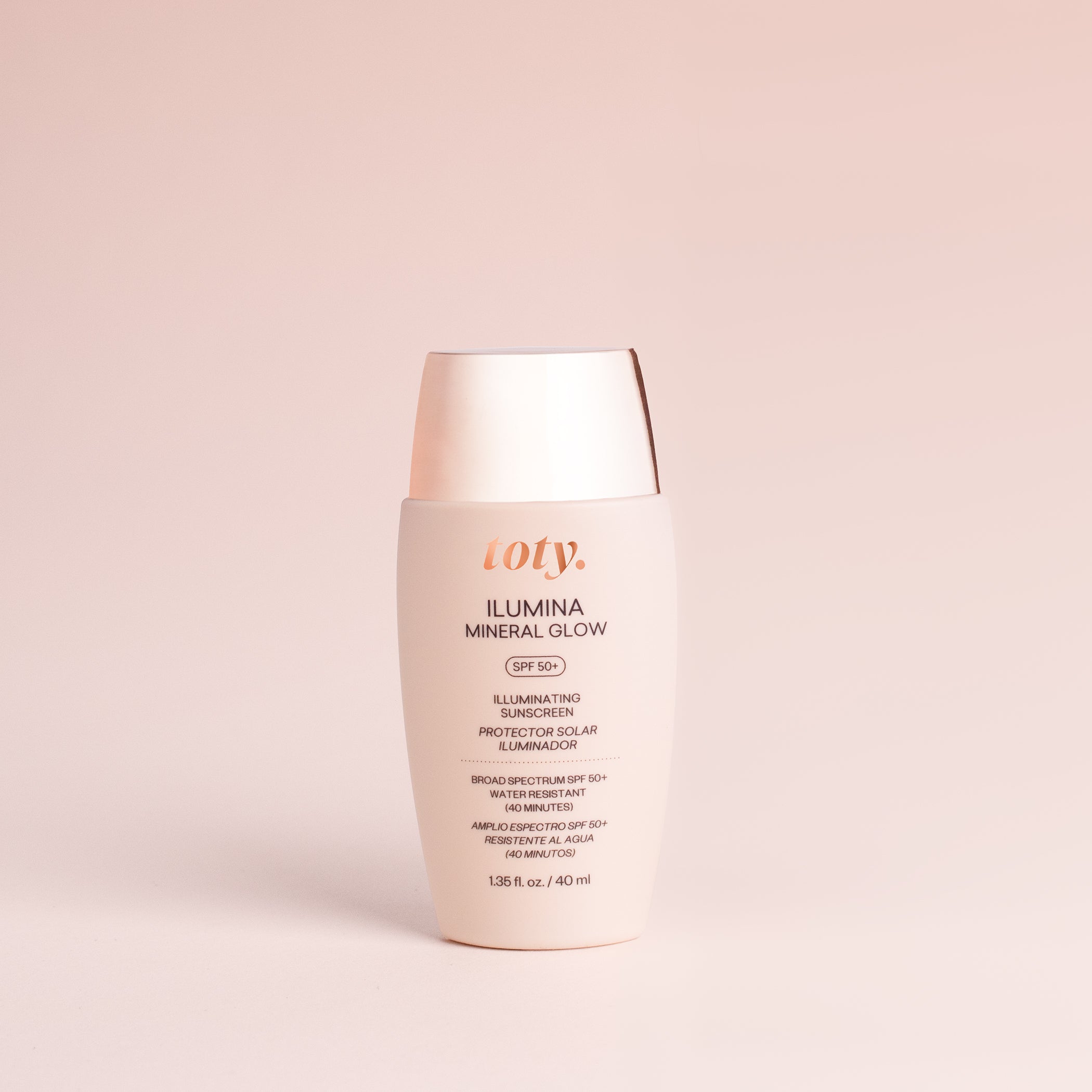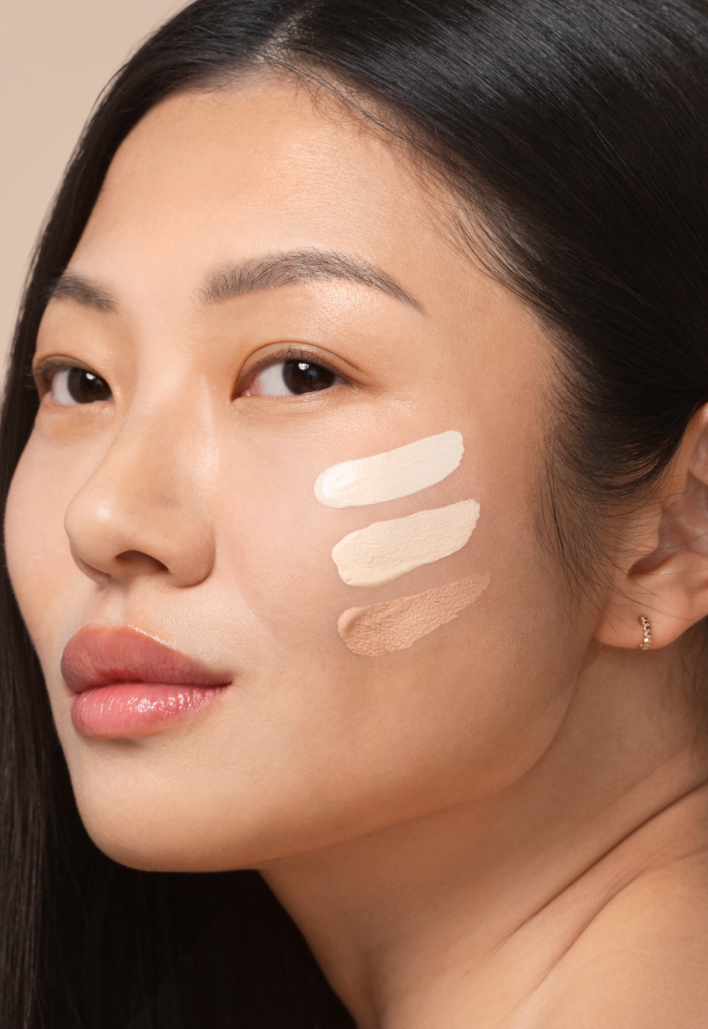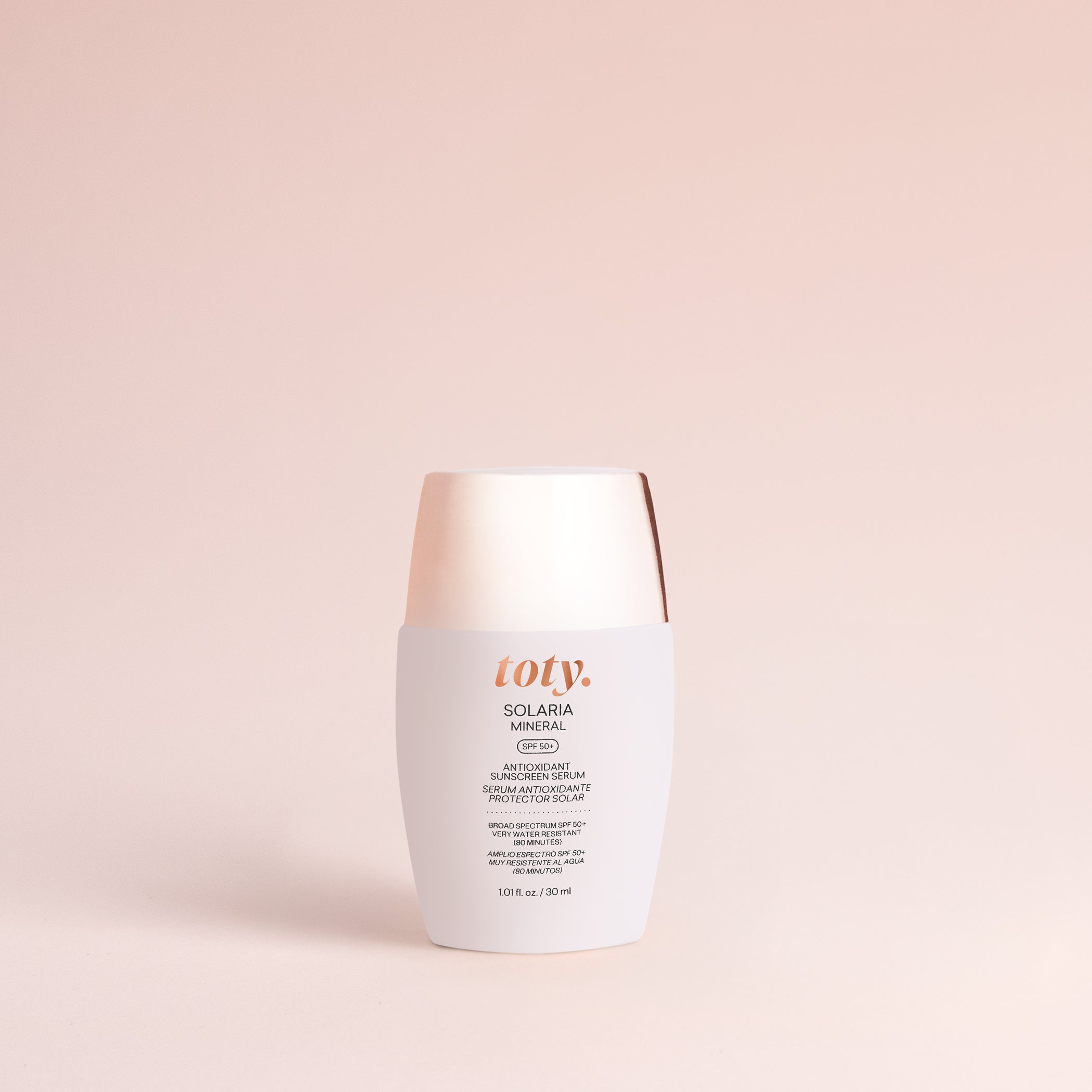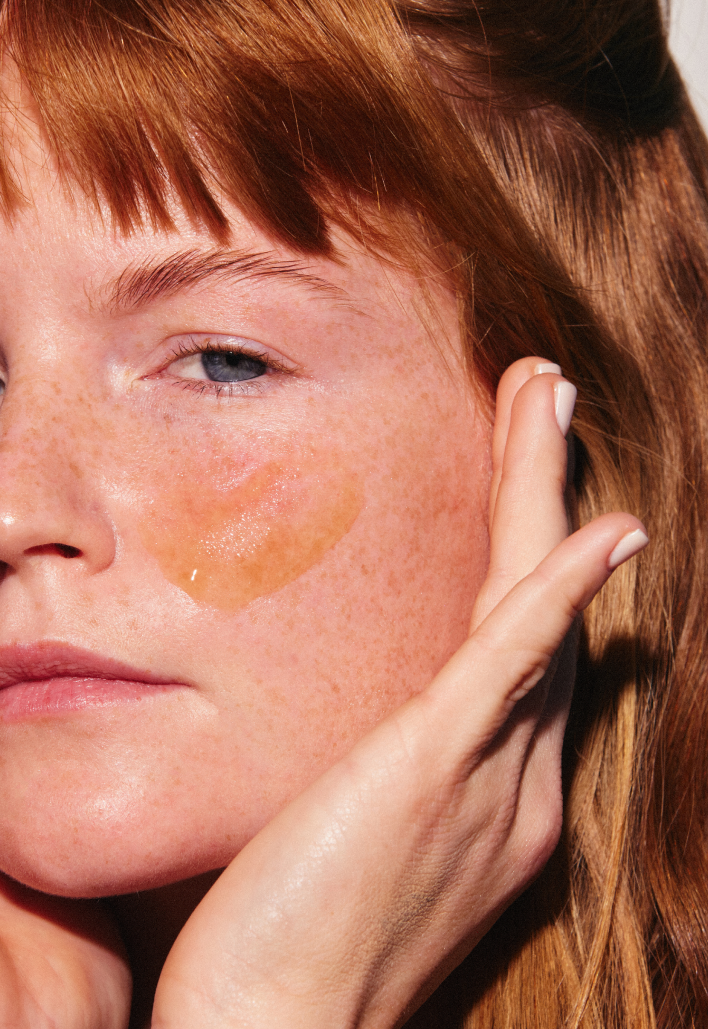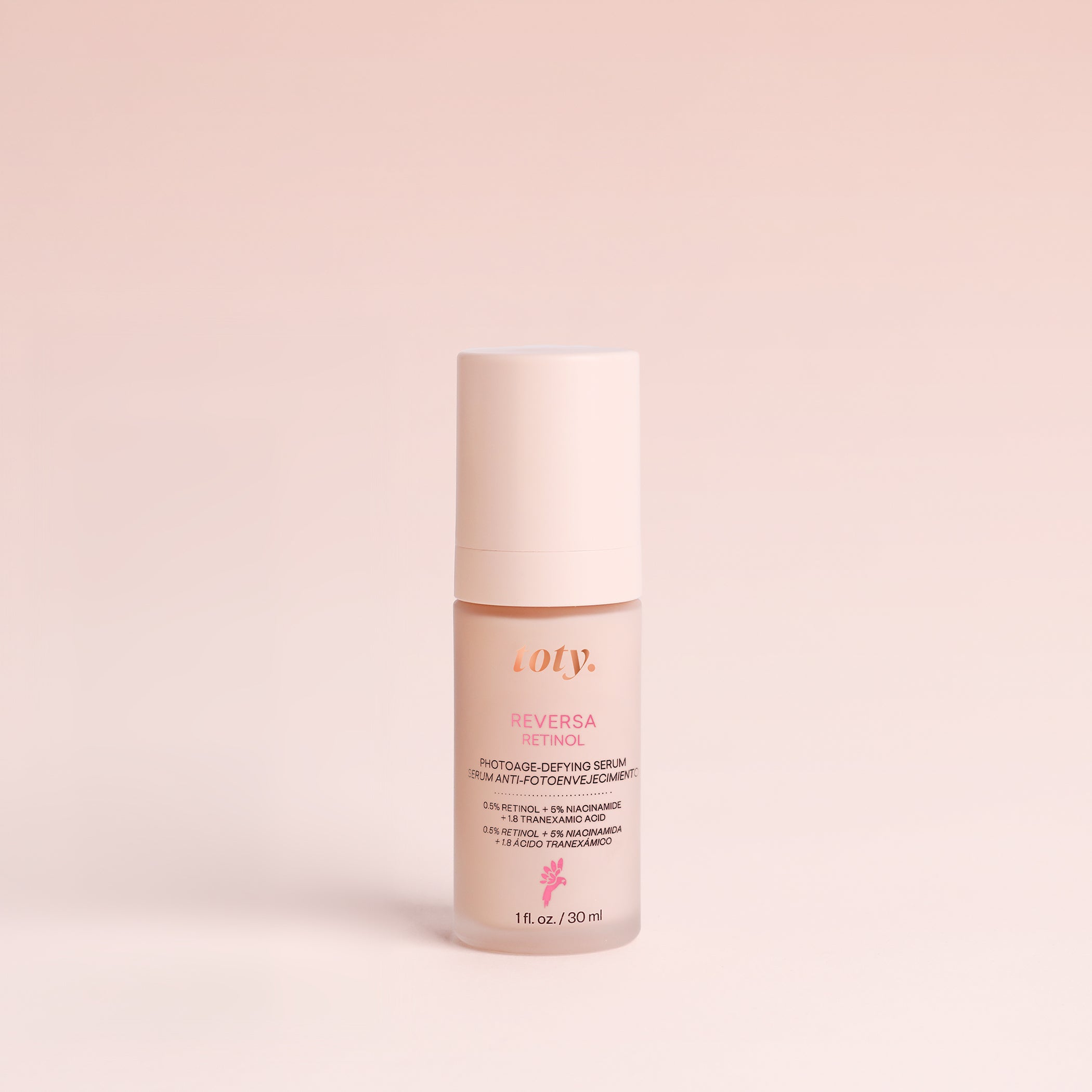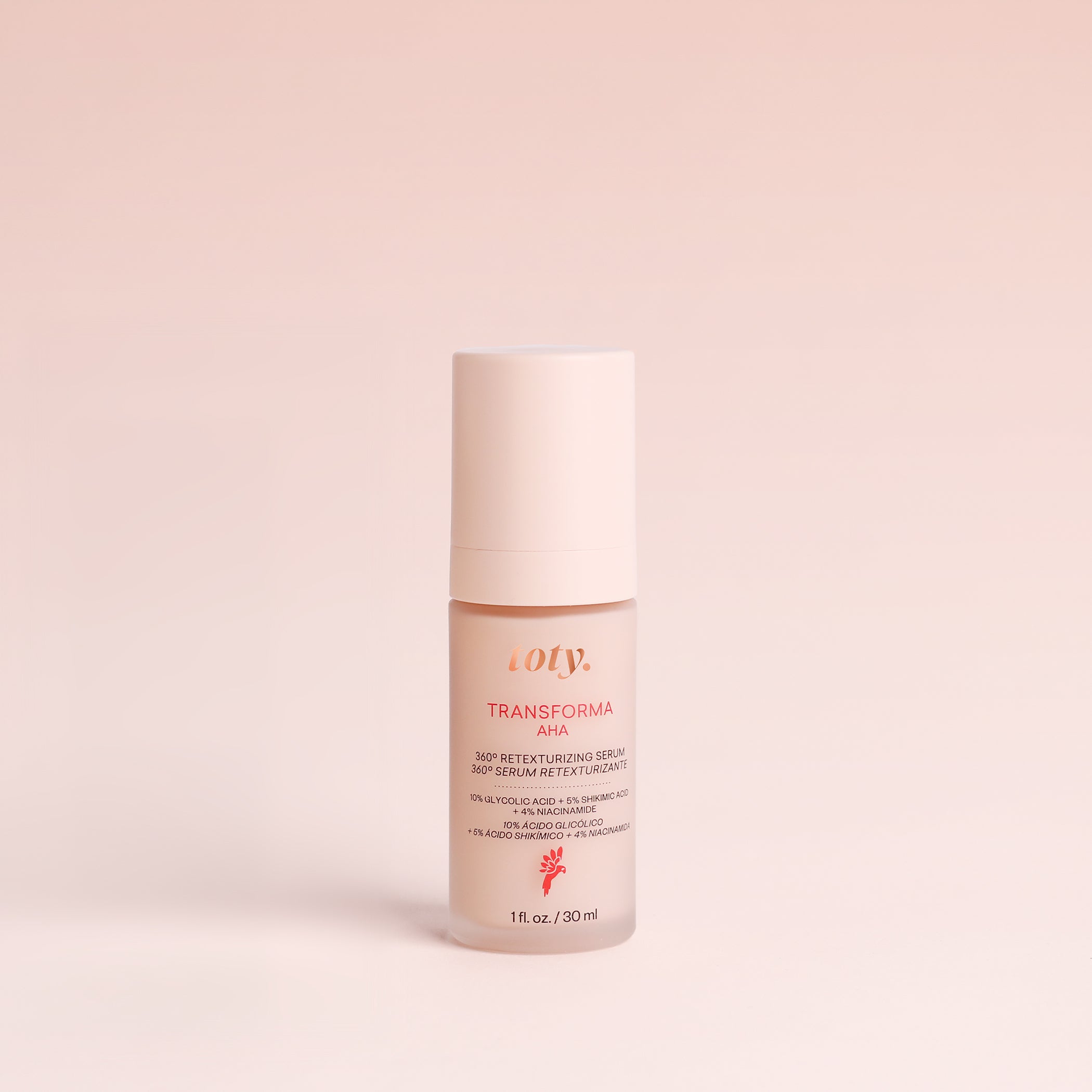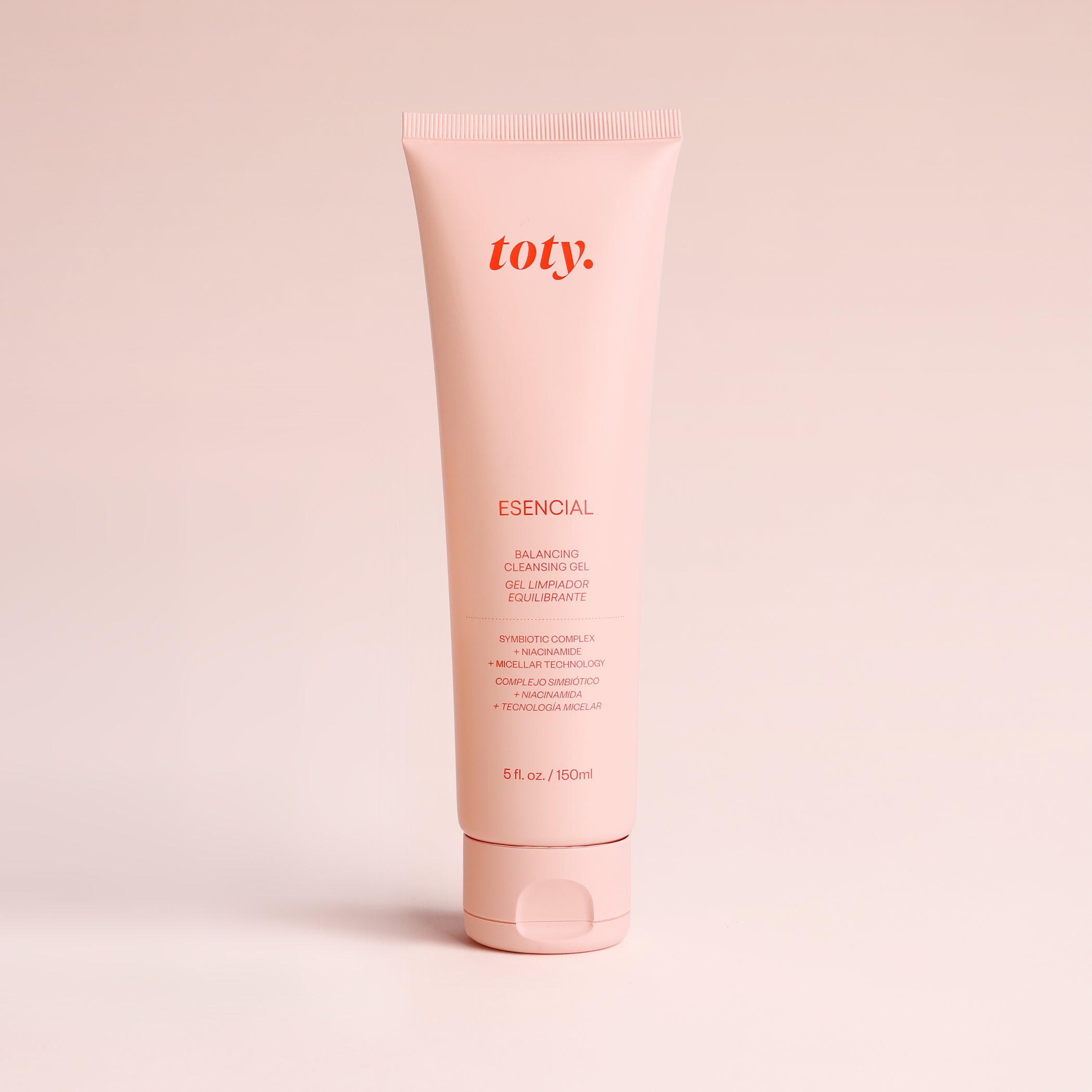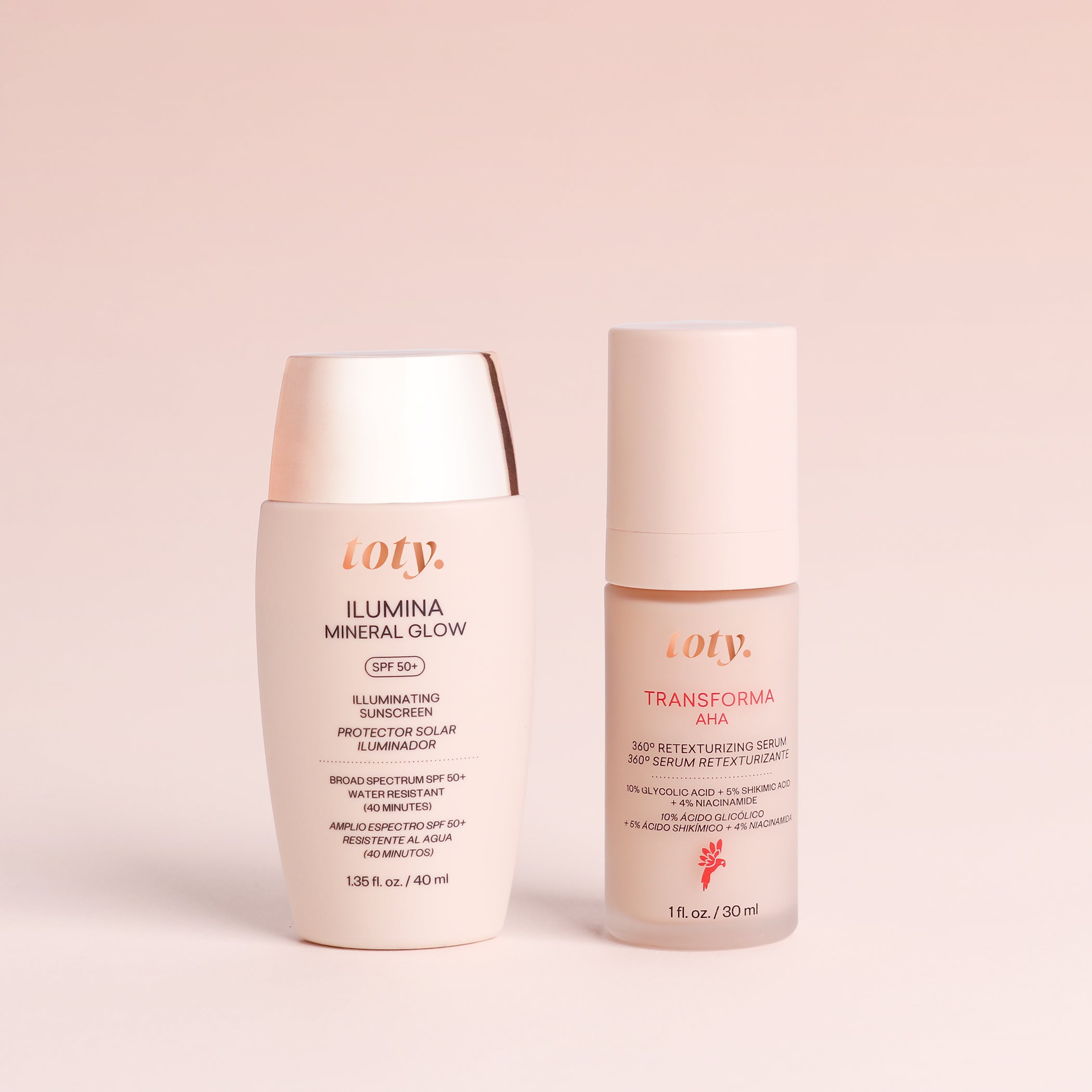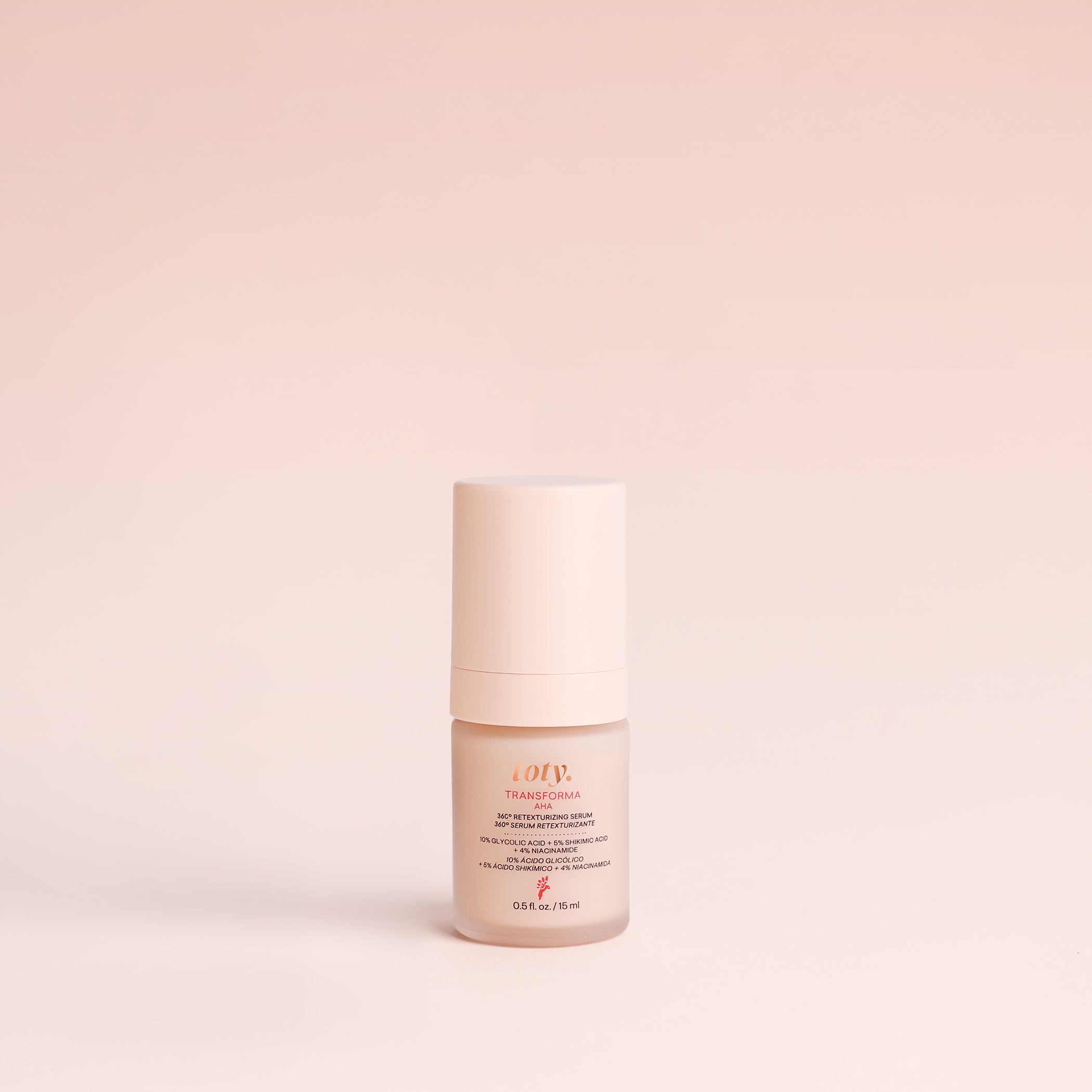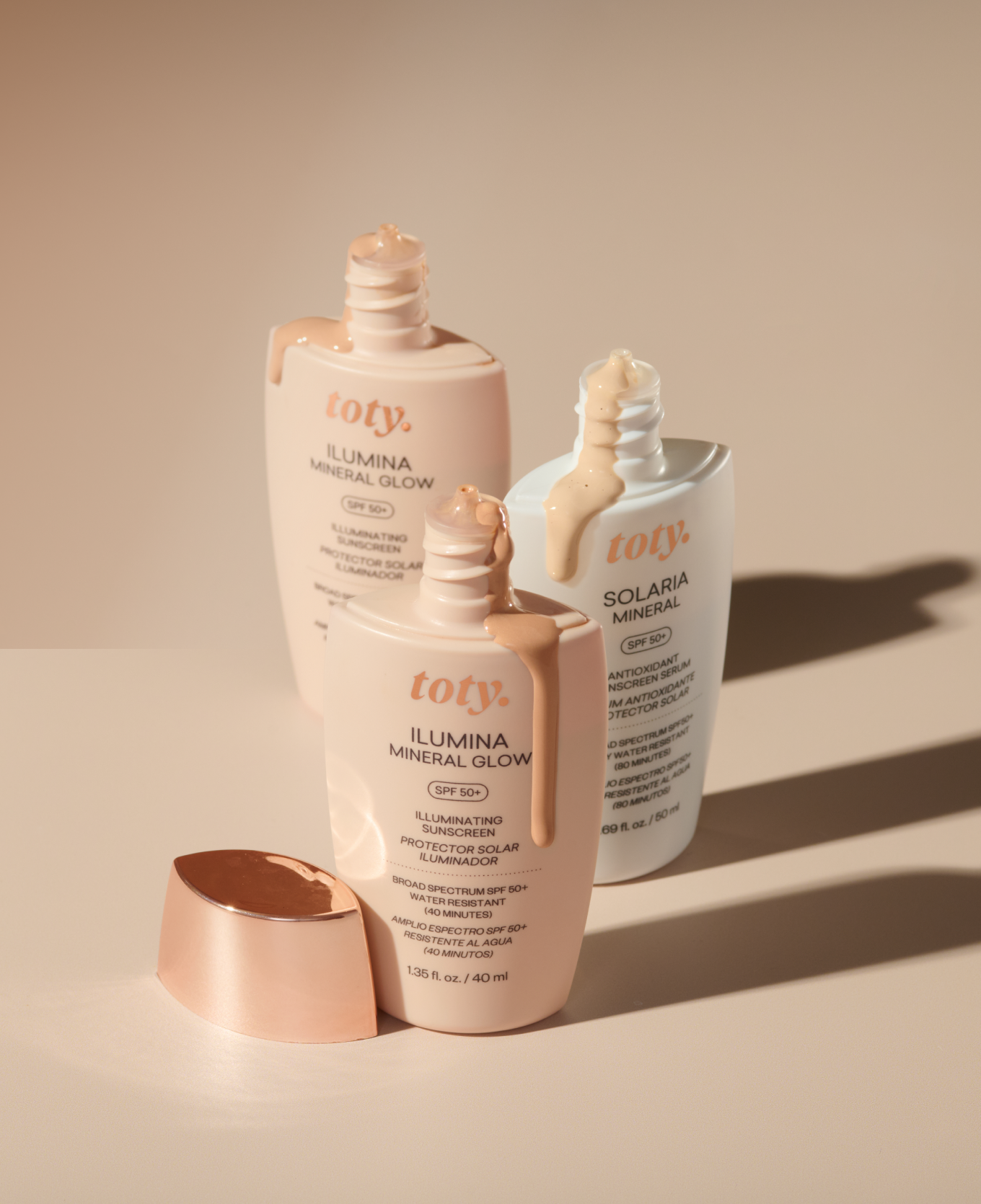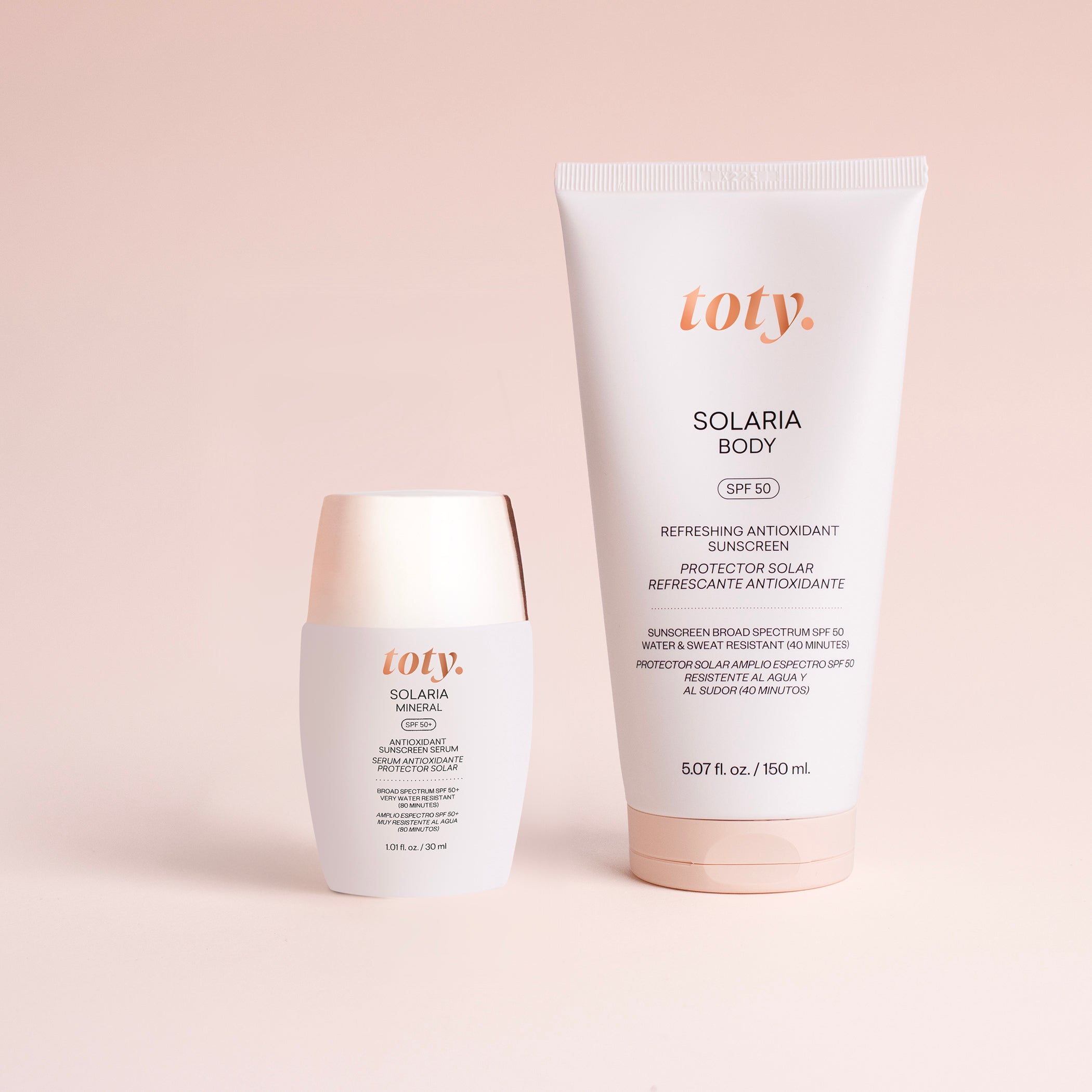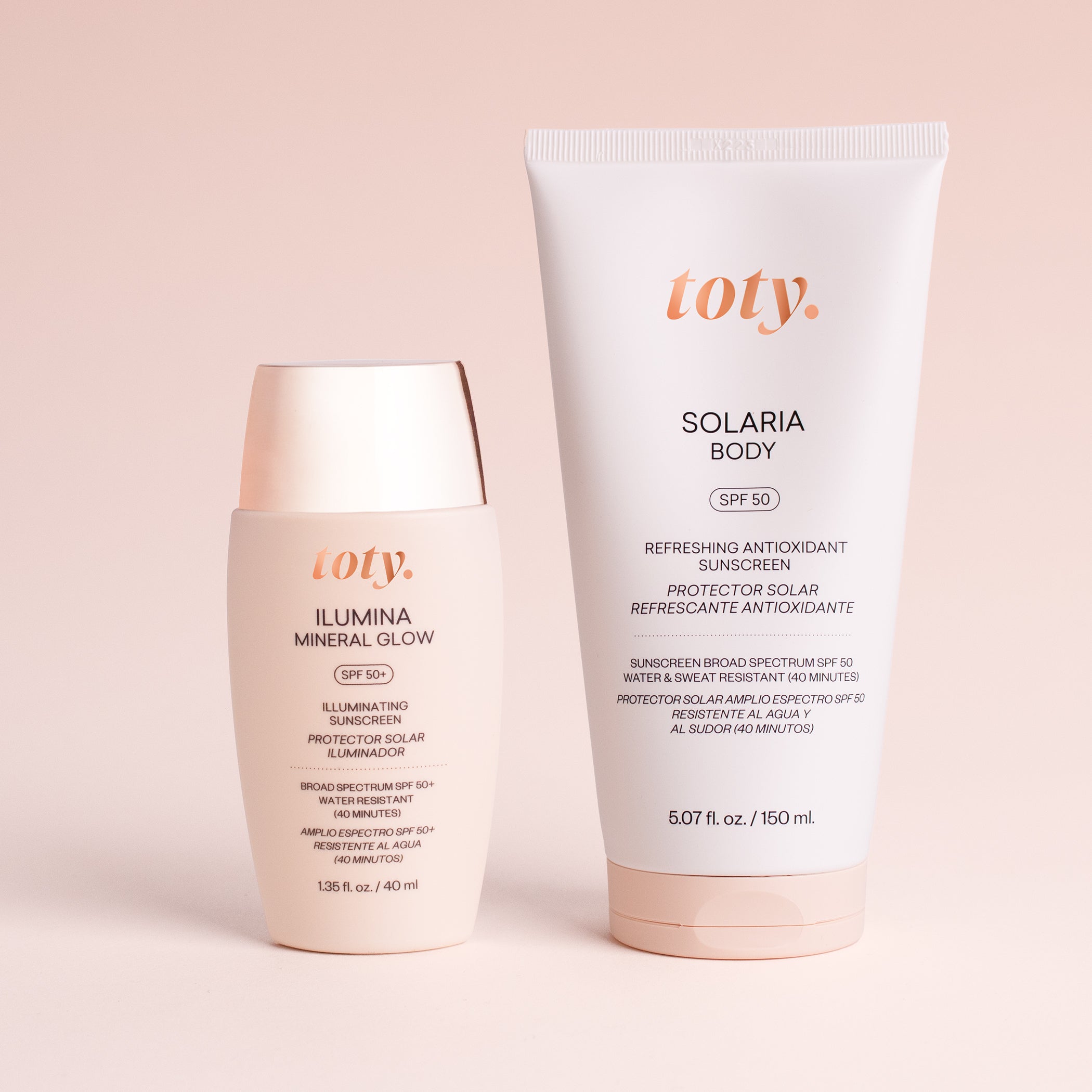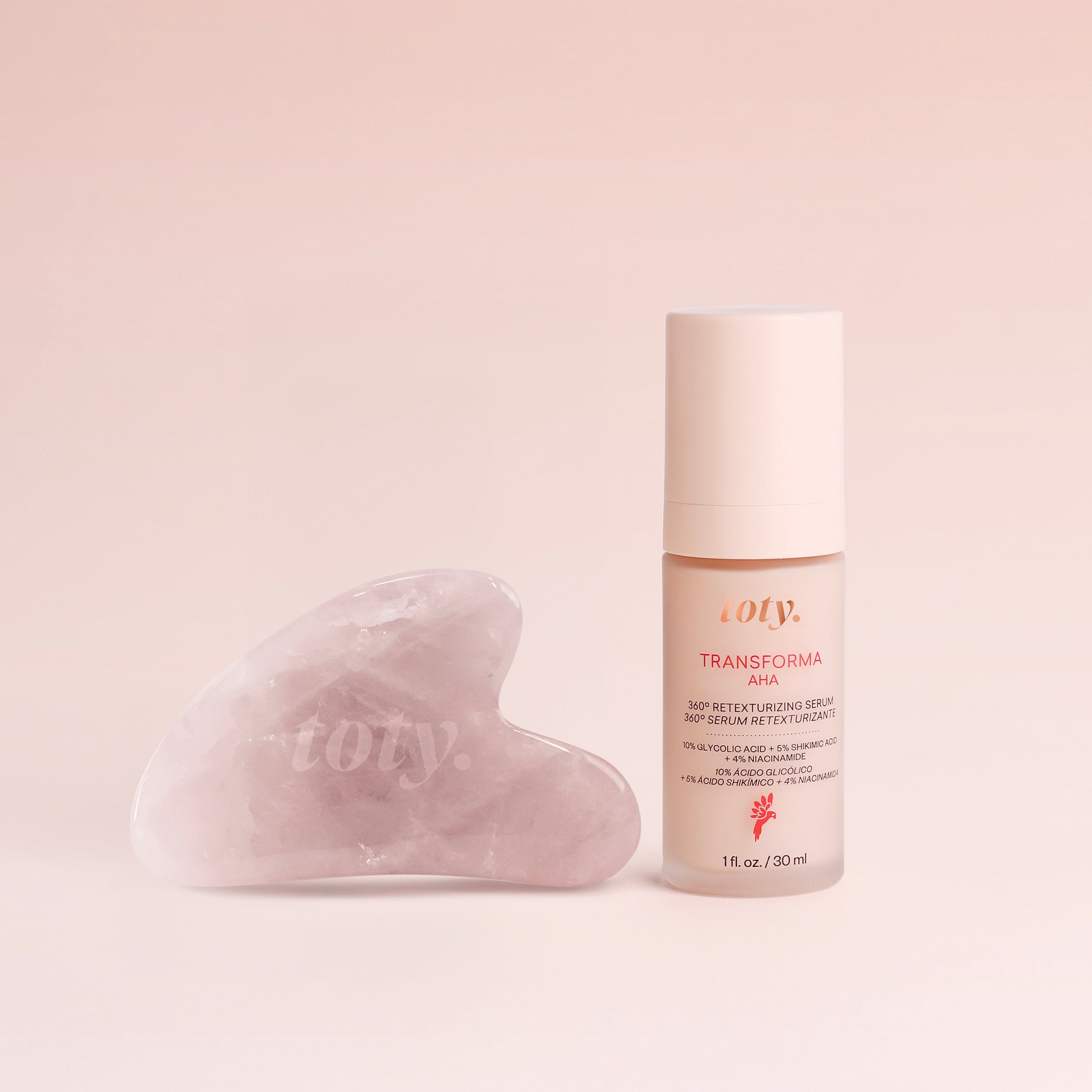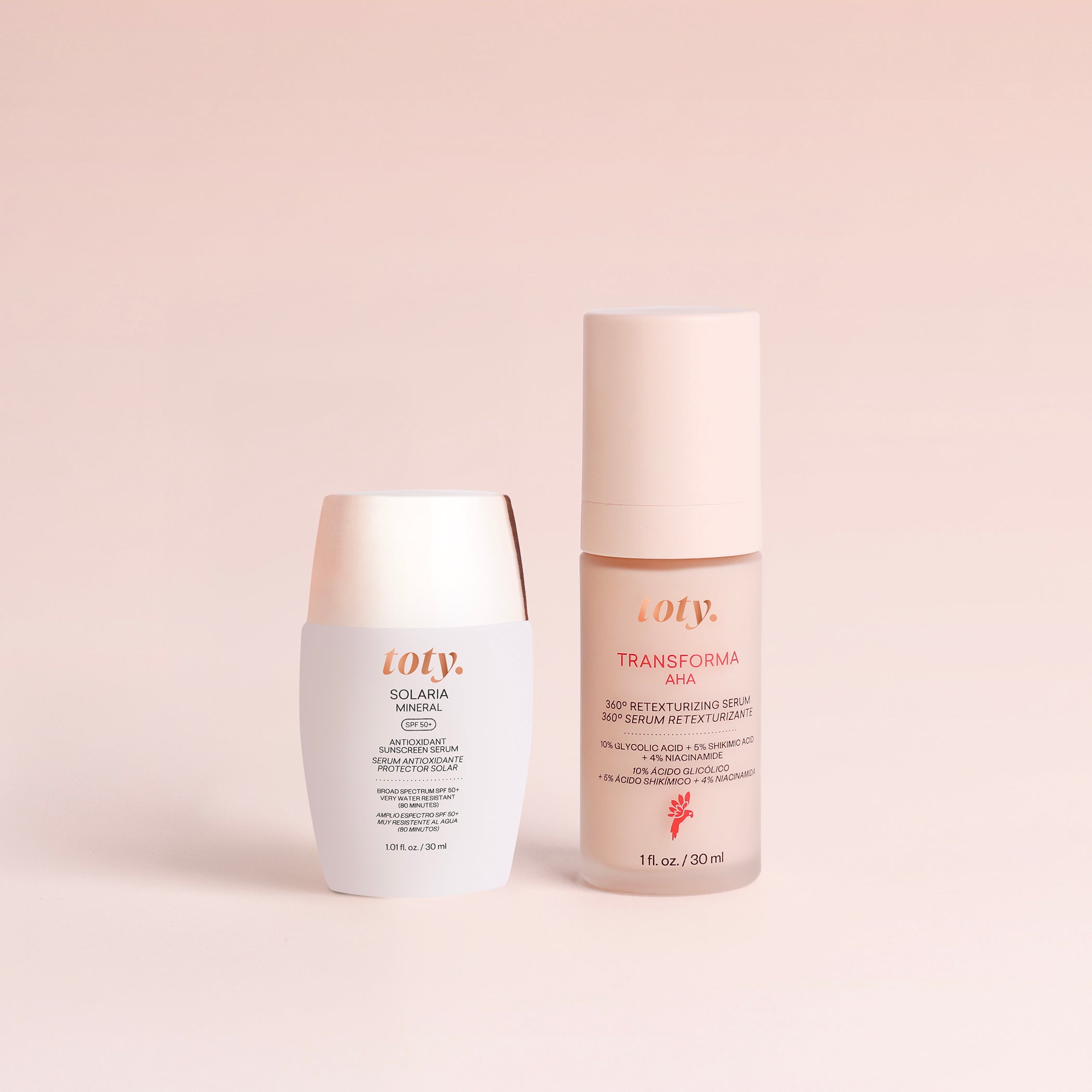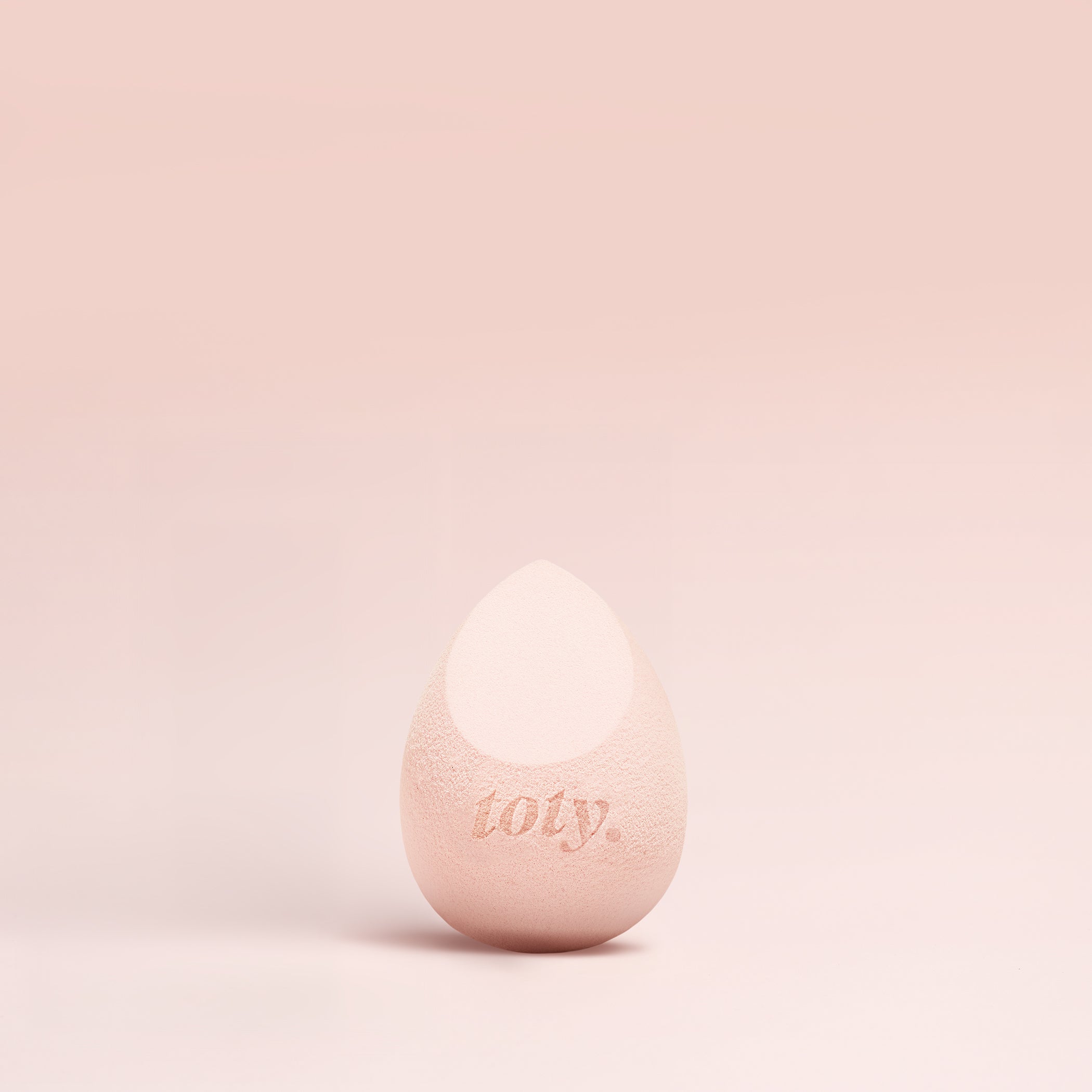The Ultimate Guide to Retinol: How to Use It for Maximum Benefits
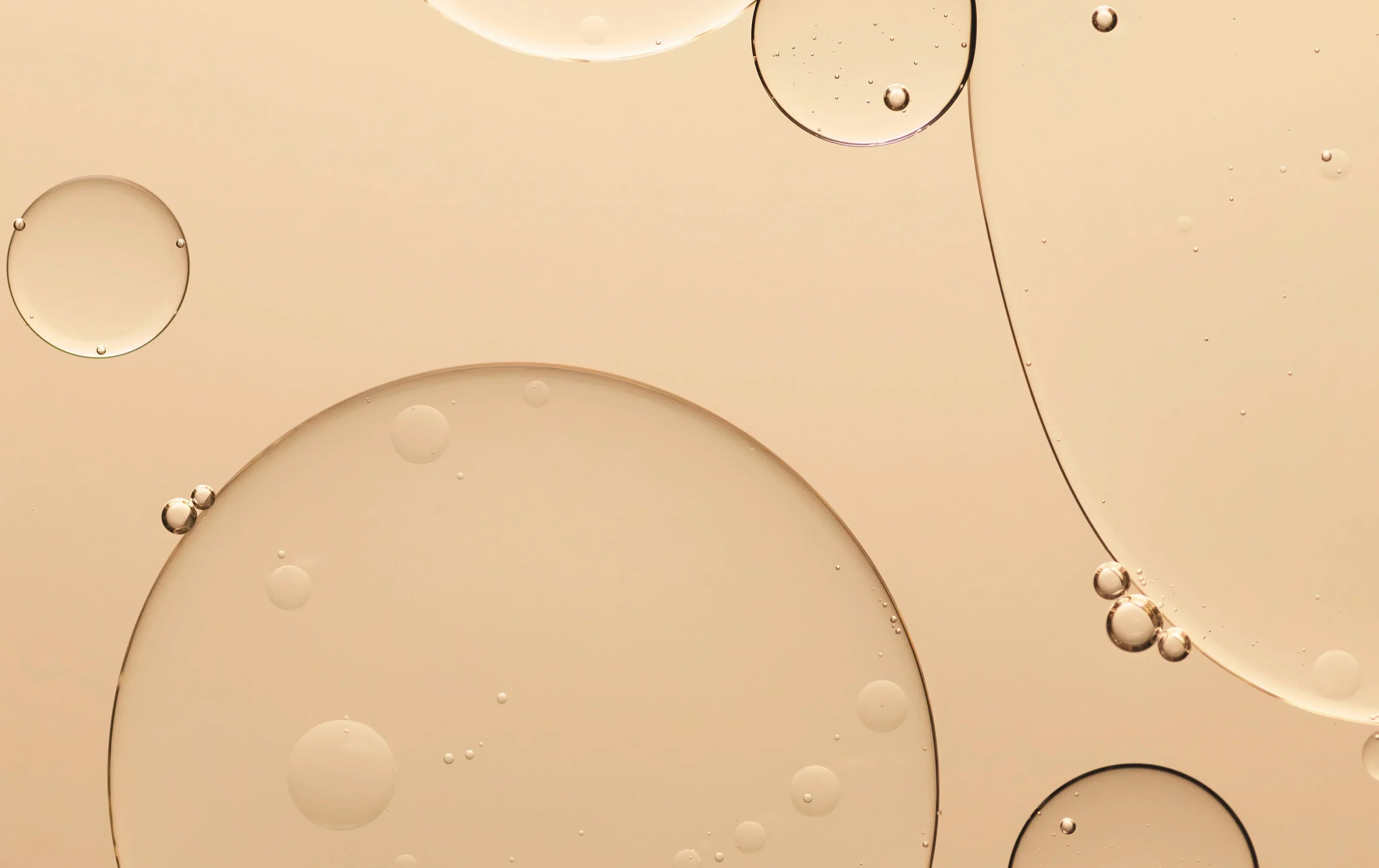
Retinol has long been considered the gold standard in skincare, praised by dermatologists and beauty experts alike for its transformative effects on the skin. But despite its reputation, many people find it intimidating, fearing irritation, peeling, and the infamous “retinol purge.” If you’ve ever wondered how to introduce retinol into your skincare routine or how to maximize its benefits while minimizing side effects, you’re in the right place.
In this comprehensive guide, we’ll explore everything you need to know about retinol, from how it works at a molecular level to the best ways to incorporate it into your routine. We’ll also dive into the next generation of retinol technology—micro-encapsulated sustained-release retinol—featured in Reversa Retinol, our latest innovation in advanced skincare and its companion technology Synergistic Skin Tolerance Technology - a scientifically-validated combination of 2% N-Acetyl Glucosamine (NAG) and 5% Niacinamide to support the skin barrier to receive the retinol while simultaneously contributing to the overall rejuvenation of skin as well (think: helps to reduce lines, wrinkles, discoloration, etc).
What Is Retinol?
Retinol is a derivative of vitamin A, an essential nutrient known for its role in skin renewal and repair (1). It belongs to the retinoid family, which includes both prescription-strength (e.g., tretinoin, adapalene) and over-the-counter (OTC) versions like retinol and retinaldehyde.
How does it work? Retinol is a pro-retinoid, meaning it converts into retinoic acid once absorbed by the skin. This conversion makes it less irritating than prescription options but still highly effective at:
✔ Boosting collagen production (2)
✔ Accelerating cell turnover (3)
✔ Reducing hyperpigmentation (4)
✔ Controlling acne & sebum production (5)
✔ Strengthening the skin barrier over time (6)
How Does Retinol Work on the Skin?
Retinol is one of the few clinically proven ingredients that reverses signs of aging and sun damage. Here’s what happens when you apply it:
1. Stimulates Cell Turnover
Retinol speeds up epidermal renewal, meaning dead skin cells are shed faster, revealing brighter, smoother skin (3).
2. Boosts Collagen & Elastin Production
Retinol stimulates fibroblast activity, leading to an increase in collagen and elastin fibers. Studies show that after 12 weeks of retinol use, collagen levels significantly improve, leading to firmer skin (2).
3. Reduces Hyperpigmentation & Sun Spots
By inhibiting tyrosinase, the enzyme that controls melanin production, retinol fades dark spots and evens skin tone (4).
4. Controls Sebum & Acne
Retinol reduces sebum (oil) production, making it an excellent option for acne-prone skin. It also prevents clogged pores by keeping skin cells from sticking together (5).
5. Strengthens the Skin Barrier
Over time, retinol increases ceramide production, helping skin retain moisture and resilience (6).
Why Micro-Encapsulated Sustained-Release Retinol is Superior
While traditional retinol is effective, it often causes redness, dryness, and peeling. That’s why Reversa Retinol features micro-encapsulated sustained-release retinol, a next-generation delivery system that enhances efficacy while minimizing irritation.
What Makes Micro-Encapsulated Sustained-Release Retinol Different?
✔ Enhanced Stability – Retinol is unstable and degrades when exposed to light and air. Micro-encapsulation protects it, ensuring maximum potency (7).
✔ Gradual Release for Less Irritation – Instead of delivering one intense dose, micro-encapsulation slowly releases retinol over time, significantly reducing redness and peeling (8).
✔ Deeper Penetration – Micro-encapsulation allows retinol to reach deeper layers of the skin, where it can stimulate collagen production and improve texture (9).
Complementary Ingredients in Reversa Retinol
To enhance results and minimize irritation, Reversa Retinol includes scientifically backed ingredients at high-performance concentrations.
Paired with a synergistic and scientifically studied blend of 2% N-Acetyl Glucosamine (NAG) and 5% Niacinamide, this treatment minimizes irritation, allowing this unique Retinol to be well tolerated and returning skin to a state of youthfulness. Synergistically, this powerful blend strengthens the skin barrier, blocks melanin production to prevent additional discolorations, and minimizes flaking and irritation commonly seen with retinol formulations.
• N-Acetyl Glucosamine – A skin-repairing sugar that boosts hydration and brightens skin tone (10).
• Niacinamide – Soothes redness, improves elasticity, and strengthens the skin barrier (11).
• Tranexamic Acid – Reduces UV-induced pigmentation, melasma, and post-inflammatory hyperpigmentation (12).
• 4AOX – targeted blend of 4 powerful antioxidants - Vitamin C, Lycopene, Turmeric and Carob Seed extract - neutralizes free radicals to prevent oxidative stress and premature aging (13).
How to Start Using Retinol
If you’re new to retinol, patience and consistency are key. Here’s how to integrate it into your routine without overwhelming your skin:
✔ Start Slow – Apply 2–3 nights a week and increase gradually.
✔ Apply on Dry Skin – Prevents excessive absorption and irritation.
✔ Follow with Moisturizer – Locks in hydration and reduces dryness.
✔ Use SPF Religiously – Retinol makes your skin more sensitive to UV rays, so SPF 50+ is non-negotiable.
✔ Avoid Harsh Actives Initially – Skip AHAs, BHAs, and benzoyl peroxide until your skin adjusts.
Frequently Asked Questions About Retinol
Can I Use Retinol If I Have Sensitive Skin?
Yes! The key is choosing a gentle formulation like Reversa Retinol, which features micro-encapsulation for controlled release. Pairing it with niacinamide can further reduce irritation.
How Long Until I See Results?
✔ Brighter skin → 4–6 weeks
✔ Reduction in hyperpigmentation → 8–12 weeks
✔ Collagen-boosting, wrinkle reduction → 3–6 months (2, 4)
Can I Use Retinol with Other Actives?
Yes, but with caution. Niacinamide, peptides, and hyaluronic acid pair well with retinol. However, if using high concentrations of vitamin C, AHAs, or benzoyl peroxide, alternate application (e.g., vitamin C in the morning, retinol at night or use every other day).
Common Questions About Retinol
Can I Use Retinol During Sunny Months?
Yes! Retinol can be used year-round, including in summer, as long as you apply SPF 50 daily and reapply throughout the day.
While retinol makes skin more sensitive to UV rays, studies show that it does not thin the skin; rather, it strengthens it over time by increasing collagen production (6). However, it’s crucial to:
✔ Use sunscreen every morning
✔ Reapply SPF every 2 hours when outdoors
✔ Pair retinol with antioxidants for extra protection
✔ Consider applying retinol every other night if spending extended time in direct sun
Toty’s wardrobe of SPF provides several options of different SPF hybrid formats to make staying covered easy.
Can I Use Retinol While Pregnant or Breastfeeding?
No. Retinol and other retinoids are not recommended during pregnancy or breastfeeding due to potential risks. Studies suggest that systemic absorption of topical retinoids is minimal, but because oral retinoids (like isotretinoin) are known to cause birth defects, doctors advise avoiding all forms, including topical retinol (14).
Once pregnancy and breastfeeding are over, you can reintroduce retinol slowly into your routine. Always consult your doctor or dermatologist before making changes to your skincare regimen during this time.
Elevate Your Routine with Reversa Retinol
Retinol is one of the most well-researched and effective skincare ingredients, but not all formulas are created equal. With Reversa Retinol, you get the power of micro-encapsulated sustained release technology, combined with scientifically proven ingredients, to visibly correct signs of aging your skin while minimizing irritation.
If you’re looking for a retinol product that delivers results without the typical drawbacks, Reversa Retinol is your perfect match.
References
1. Zasada, M., Budzisz, E. (2019). “Retinoids: Active Molecules Influencing Skin Structure Formation in Cosmetic and Dermatological Treatments.” Advances in Dermatology and Allergology.
2. Kang, S., Krueger, G. G., et al. (2001). “Effects of topical tretinoin on collagen synthesis.” JAMA Dermatology.
3. Fisher, G. J., et al. (1996). “Mechanisms of photoaging and retinoid therapy.” Archives of Dermatology.
4. Mukherjee, S., et al. (2006). “Retinoids in the treatment of skin aging.” Dermatologic Therapy.
5. Leyden, J. J. (2001). “Retinoids and Acne.” Journal of the American Academy of Dermatology.
6. Kim, H. H., et al. (2005). “Retinoids and barrier function.” Journal of Investigative Dermatology.
7-14. Various studies on encapsulated retinol and complementary ingredients.








